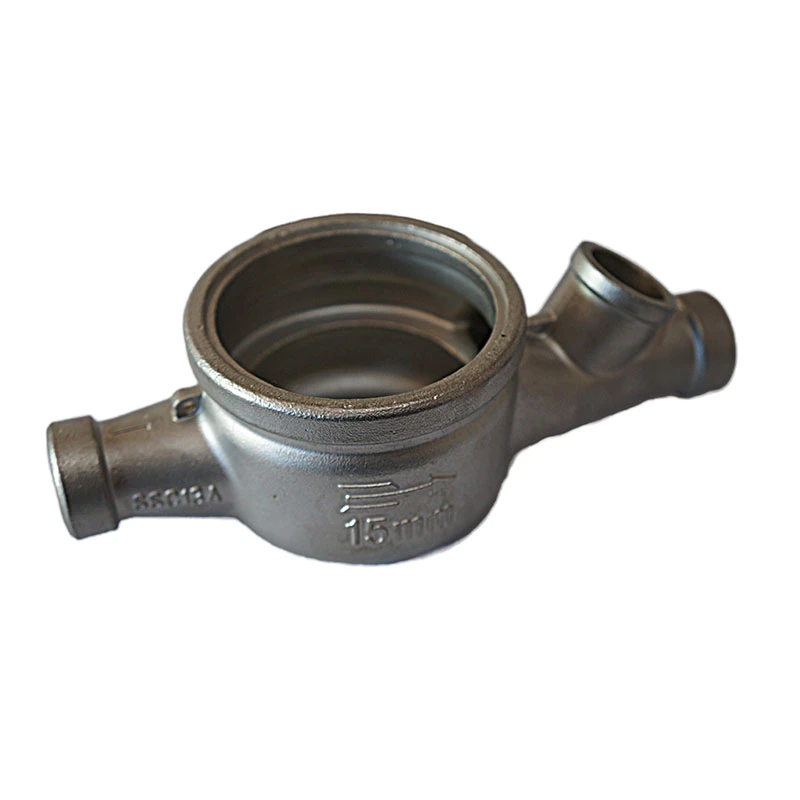cleaning die cast aluminium
Cleaning Die Cast Aluminium Techniques and Best Practices
Die-cast aluminum is widely used in various industries due to its lightweight, durability, and corrosion resistance. However, the production process often leaves residue and contaminants on the surface of the casted parts. These residues can impact the aesthetic appeal and performance of the product, making the cleaning process crucial. In this article, we will explore effective techniques and best practices for cleaning die-cast aluminum components.
Importance of Cleaning Die Cast Aluminium
Cleaning die-cast aluminum is essential for several reasons. Firstly, the presence of oils, mold release agents, and dust can impair the aesthetics of the final product, which is particularly important for consumer-facing applications. Secondly, contaminants can hinder subsequent processes, such as painting, anodizing, or powder coating, leading to poor adhesion and reduced durability of the finishes. Lastly, ensuring a clean surface is vital for optimal performance, especially in applications where mechanical properties are critical, such as in automotive and aerospace components.
Cleaning Techniques
1. Mechanical Cleaning Mechanical cleaning methods involve the physical removal of contaminants using tools and equipment. Common methods include
- Abrasive Blasting This technique utilizes media such as glass beads or aluminum oxide to blast away contaminants. It is effective for removing heavy oxides, paint, and other debris while also providing a surface finish. - Grinding and Polishing For intricate shapes or stubborn contaminants, grinding, and polishing may be employed. These methods can help achieve a smooth and aesthetically pleasing surface.
- Solvent Cleaning This method uses solvents like acetone or isopropyl alcohol to remove oils and grease. It is often employed as a pre-cleaning step before more intensive cleaning processes. - Alkaline Cleaning Alkaline solutions can effectively break down organic residues and are often used for degreasing die-cast parts. However, they must be rinsed thoroughly to prevent damage to the aluminum surface.
3. Ultrasonic Cleaning Ultrasonic cleaning employs high-frequency sound waves in a liquid solution to agitate and remove contaminants. This method is highly effective for cleaning intricate geometries and is particularly useful in demanding applications where cleanliness is paramount.
cleaning die cast aluminium

4. Vapor Degreasing In vapor degreasing, parts are exposed to vapor from solvents, which condenses and effectively dissolves contaminants. This method is advantageous as it reduces the chances of surface damage, which can occur with abrasive cleaning.
Best Practices for Cleaning Die Cast Aluminium
1. Choose the Right Cleaning Method Assess the type and extent of contamination to choose the most suitable cleaning method. Factors such as the component's complexity, size, and any potential sensitivities to chemicals should inform your choice.
2. Test for Compatibility Before applying any chemical cleaning agent, it’s prudent to conduct a compatibility test on a small inconspicuous area of the parts. Some cleaning agents may react negatively with aluminum, leading to surface damage.
3. Rinse Thoroughly After any cleaning process, ensure that parts are rinsed thoroughly to remove any residue from cleaning agents. Leftover chemicals can cause chemical reactions that may lead to corrosion over time.
4. Dry Properly After cleaning and rinsing, drying the components is essential. Moisture can lead to oxidation, which is detrimental to aluminum. Use appropriate drying methods, such as air blowers or heated drying rooms, to expedite the process.
5. Maintain a Clean Environment To prevent recontamination, keep the cleaning area clean and free from dust and contaminants. Implementing good housekeeping practices can go a long way in ensuring the cleanliness of die-cast components.
Conclusion
Cleaning die-cast aluminum is a crucial step in maintaining the quality, appearance, and performance of products across various industries. By utilizing the right techniques and adhering to best practices, manufacturers can ensure their components are clean and ready for further processing or delivery. As the demand for high-quality aluminum parts continues to grow, mastering the cleaning process will remain a key aspect of production excellence.
-
OEM Sand Cast Pump Valve Fittings - Baoding Hairun | Precision Engineering, CustomizableNewsJul.30,2025
-
OEM Sand Cast Pump Valve Fittings - Baoding Hairun Machinery And Equipment Trading Co., Ltd.NewsJul.30,2025
-
OEM Sand Cast Pump Valve Fittings - Baoding Hairun Machinery And Equipment Trading Co., Ltd.NewsJul.30,2025
-
OEM Sand Cast Pump Valve Fittings - Baoding Hairun Machinery|Precision Engineering&Fluid ControlNewsJul.30,2025
-
OEM Sand Cast Pump Valve Fittings - Baoding Hairun Machinery And Equipment Trading Co., Ltd.NewsJul.30,2025
-
OEM Sand Cast Pump Valve Fittings-Baoding Hairun Machinery And Equipment Trading Co., Ltd.NewsJul.30,2025















